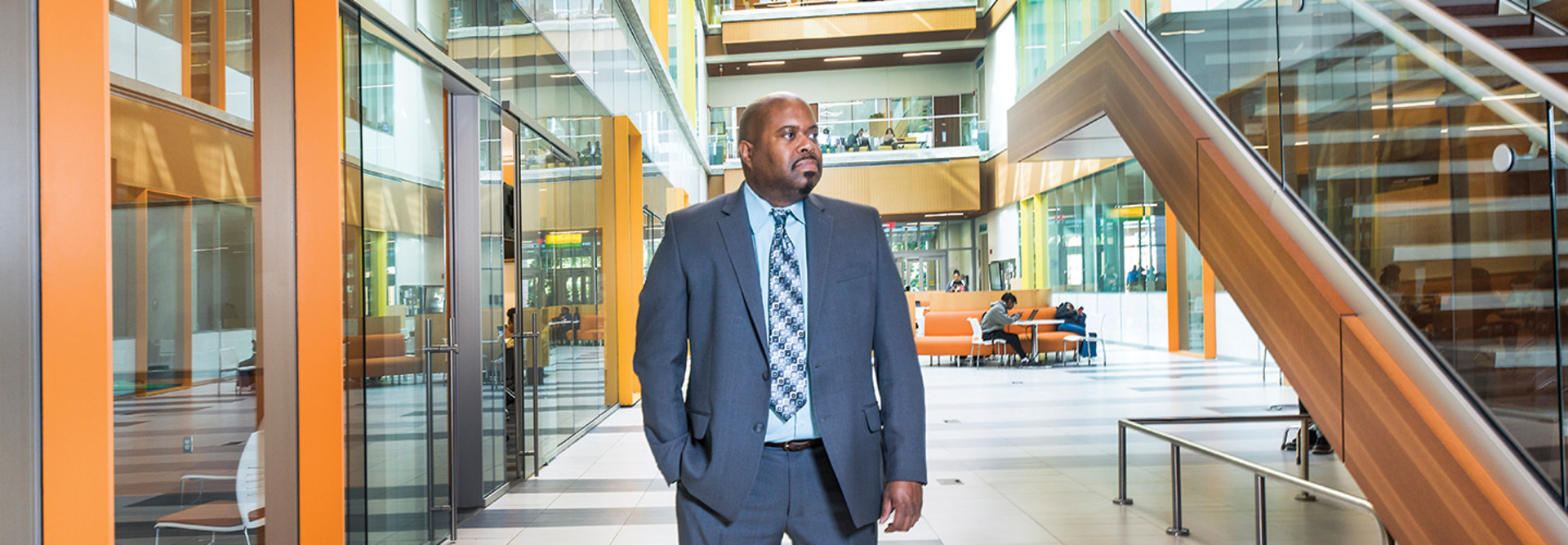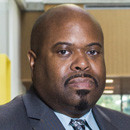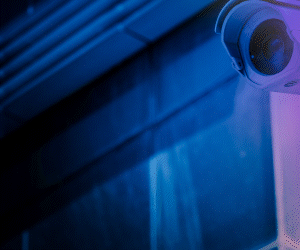Realizing the situation was unsustainable, Tyler scheduled a meeting with leaders from the BSU Office of Facilities Management and the Department of Public Safety. They all agreed it was time to take a more strategic approach to campus surveillance, and he volunteered to head the project.
Working closely with the chief of police, Tyler began by assessing what the school had. In some cases, they determined that devices should simply be removed and replaced. In others, they decided that they should be repositioned.
Today, as the project progresses to phase two, Tyler notes that the college is expanding camera coverage to interior spaces as well as parking lots and other outdoor areas. The school is also already enjoying the benefits of an integrated system that offers what he describes as a “God’s-eye view” of the BSU campus.
Now, he explains, the BSU police can monitor every inch of covered ground while stationed in the command center. The platform also allows police to track camera views while inside their vehicles, and it includes features such as face recognition technology and tools for night vision and license plate scanning.
WATCH: Bowie State University modernizes physical security system.
Similarly, Tyler says, the Verkada system has made life easier for his IT team. Because the platform is hosted in the cloud, there’s no worry about software upgrades and patching. Since all of the cameras now feed to one place, the team knows immediately where to make hardware fixes.
Not long ago, he recalls, someone stole a computer monitor from one of the university’s conference rooms. Back at the command center, the police were alerted, and they quickly brought up the relevant cameras. Soon, they were tracking the perpetrator across campus, and they eventually moved in for an arrest.
“They had face recognition, timelines, everything they needed,” Tyler says. “The person never had a chance.”













